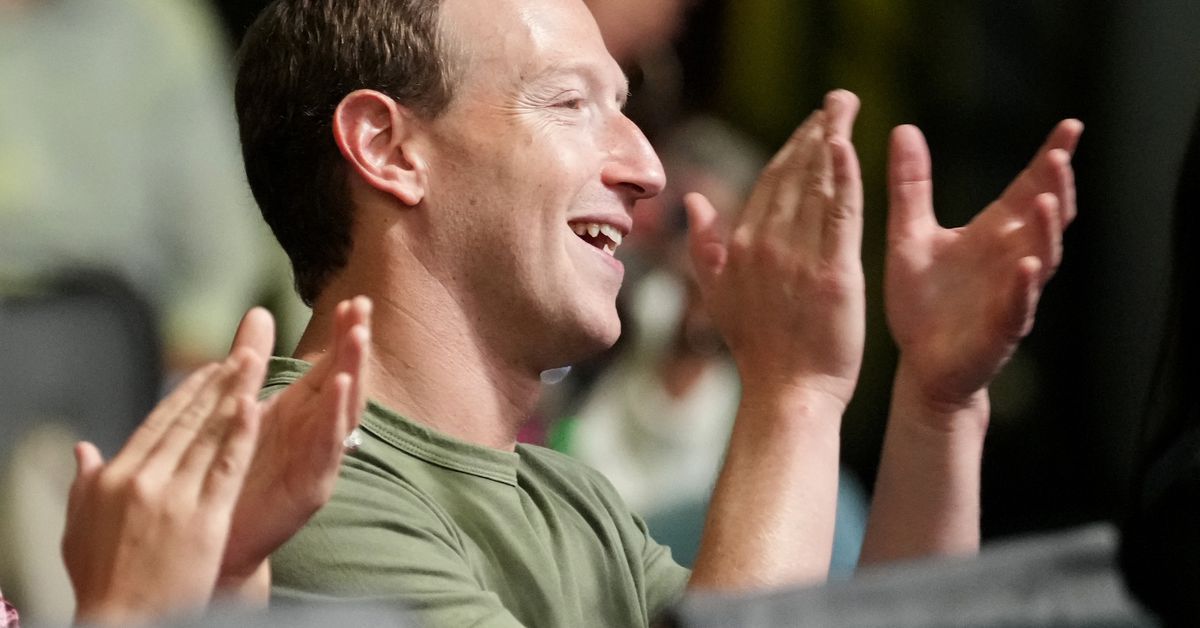Twitter killer: What you need to know about Instagram’s Threads
Instagram’s much-hyped new Twitter-killer app, Threads, is here. And it looks a lot like Twitter. Which is exactly the point.
Many social media users are ready — desperate even — for a solid Twitter replacement, as the app has been going through a particularly rough phase in what many see as its gradual product degeneration under Elon Musk’s leadership. Last weekend, the company started limiting the number of tweets people can read, a questionable business decision that was widely unpopular with users. While there are some alternatives out there, like Mastodon and Bluesky, none have grown to surpass Twitter’s popularity with a critical mass of politically and culturally influential figures.
So Meta-owned Instagram decided to strike while the iron is hot. The Threads app was initially expected to launch later this month, only to be moved up to this Thursday, and now, to today. The app will start to go live for users in 100 countries, although reportedly not in the European Union (more on that later).
“Our vision with Threads is to take what Instagram does best and expand that to text, creating a positive and creative space to express your ideas,” Instagram’s parent company, Meta, wrote in a company blog post on Wednesday.
Functionally, Threads is similar to Twitter, with some minor differences. You can write short posts of up to 500 characters (versus Twitter’s 250) that include links, photos, and short videos up to five minutes in length. Your Threads feed will be algorithmic, which means it will be populated by a mix of people you follow, and recommended content: much like Instagram now. Twitter gives you the option to toggle between an algorithmic and chronological-based feed of only people you follow. But overall, based on early screenshots of the app shared with Vox, the apps look and feel quite similar.
The main defining feature that separates Threads from Twitter is that it has decentralized ambitions. Meaning that in the future, you should be able to plug your Threads posts into other social media platforms like Mastodon — a very different approach than Twitter, which has been limiting free API access to third-party developers. But the interoperability isn’t ready yet, according to Meta. And it’s also not what many day-to-day users care most about, which is, who’s posting on it and how easy it is to use.
So how will this new app actually work, and what’s it like? And does it stand a real chance to overtake Twitter?
How to use it and what it’s like
To use Threads, you’ll have to download it as a standalone app in the Apple or Android store.
Once you have the app, you can log in with your Instagram account, and choose to follow the same people you already follow on that platform. This is one of Threads’ biggest advantages over other Twitter replacement apps: Over 2 billion people already have a built-in social network on Instagram, so unlike with, say, Mastodon, you don’t have to completely recreate your follower base from scratch.
The Instagram and Threads worlds are very much interconnected. If you’re verified on Instagram (which you can now pay for), that verification will roll over into Threads. And you can cross post your threads on Instagram as a story, or as a link to another platform.
Once you’re in there, it functions a lot like Twitter, albeit with an Instagram design flair, including the same Instagram font and icons. You can like, reply, or repost a thread. The feed will be a combination of people you follow and recommended content from people you don’t follow, according to Meta.
Getting the Threads feed algorithm right will be key for Instagram. Many users have complained about Twitter’s “For You” feed showing them too much content from random users they don’t want to see, and that they miss the old-school default-chronological feed on Twitter. We’ll see how users take to posts Threads thinks they want to see, versus those they’ve opted into voluntarily.
What Threads’ decentralized approach means
Threads is the first app from Meta to push toward “decentralization” — the idea that users should be able to port their social media content, and interact with users, across different apps all built on the same underlying standards.
Mastodon is the most popular social network to run on a decentralized model, which advocates say can produce a better internet no longer dominated by a single social media company. Threads, similarly, plans to take a decentralized approach.
But it isn’t there yet.
Sometime “soon,” the company wrote in a blog post, Threads will be compatible with the ActivityPub protocol. It’s a system developed by the World Wide Web Consortium (W3C), an international organization that sets standards for the modern internet, to govern how social networks can run independently.
The idea is that one day in the future, you can have your Threads posts be visible on other apps like Mastodon or Wordpress, or vice versa, and have users comment on posts across the apps. And if you decided to stop using Threads altogether, you would hypothetically be able to port all your content over into a new app.
“We believe this decentralized approach, similar to the protocols governing email and the web itself, will play an important role in the future of online platforms,” wrote Meta in a blog post.
Decentralization is a buzzy concept in the tech world right now, and may give Threads appeal to the more digitally savvy audience. But most users aren’t familiar with decentralization, and probably don’t care about it too much. What will really matter is how many people end up downloading and actually liking their experience on the app, which gets us to our next point.
Regulatory concerns and other hurdles
Meta is going up against some significant regulatory and reputational hurdles when it comes to globally launching this app.
For example, Meta isn’t launching Threads in the EU for now because of regulatory uncertainty in the EU coming with the new, Digital Markets Act, according to Bloomberg. The act limits what major companies designated as “gatekeepers” can do.
“Europe continues to be an incredibly important market for Meta. We are working on launching Threads in more countries and will continue to evaluate whether to launch in Europe, but the upcoming regulatory uncertainty has played into our decision not to launch right now,” a Meta spokesperson sent Vox in a statement.
Around privacy concerns, Meta said in its blog post that anyone under 16 (or 18 in certain countries) will default to a private profile when they join threads. From a safety perspective, Instagram said it’s giving users the same tools that they have on Instagram to limit who can mention or reply to you, hide specific offensive words in replies, and unfollow, block, or restrict accounts.
But as the EU challenges show, Instagram will need to overcome something that a handful of privacy and safety features alone can’t change: underlying trust in its parent company, which has faced controversy about how it handles user data since the Cambridge Analytica scandal of 2018.
Moreover, Threads will need to convince a critical mass of users that it’s not just trustworthy, but relevant. The magic of Twitter was that it’s a place where world leaders with immense power, snarky writers, A-list celebrities, and everyday very online users could all be in conversation with each other about the news of the day. For Threads to get that same effect, it will need those culture starters who can make compelling short, 500-character long posts.
Unlike Instagram proper, Twitter’s social currency is words, not pictures. Meta has been inviting major celebrities to join an early version of the app. Already, big names like Malala Yousafzai, Shakira, and Gordon Ramsay have used it, Meta confirmed. Threads perhaps stands the best chance of any Twitter competitor yet, and it will need more of those kinds of heavyweight figures whose words matter, and the users who follow them.
Source: Vox.com


